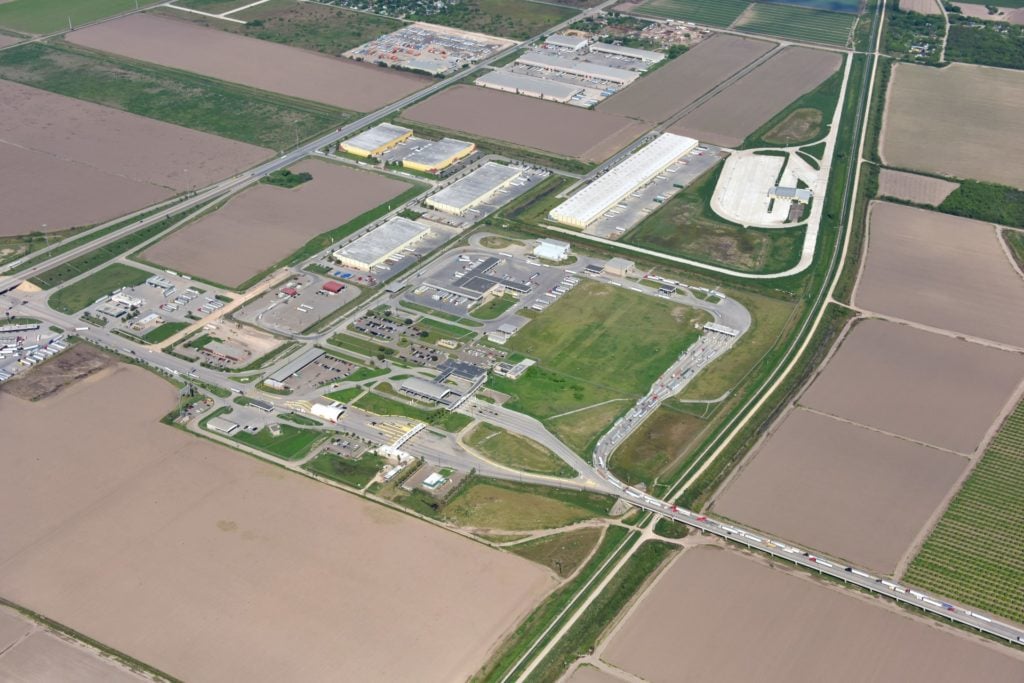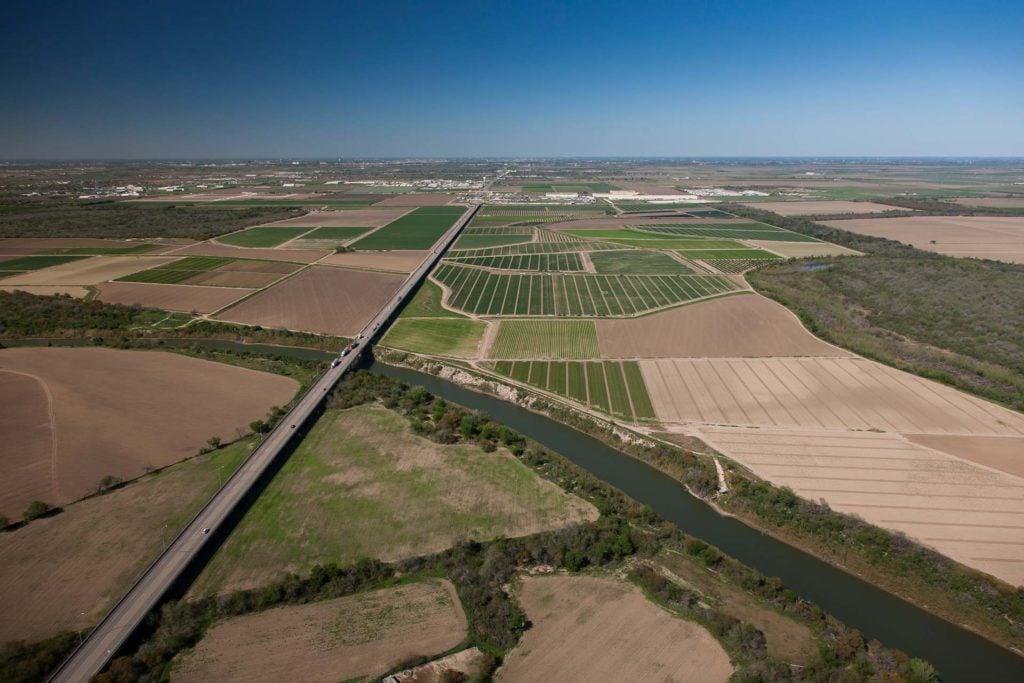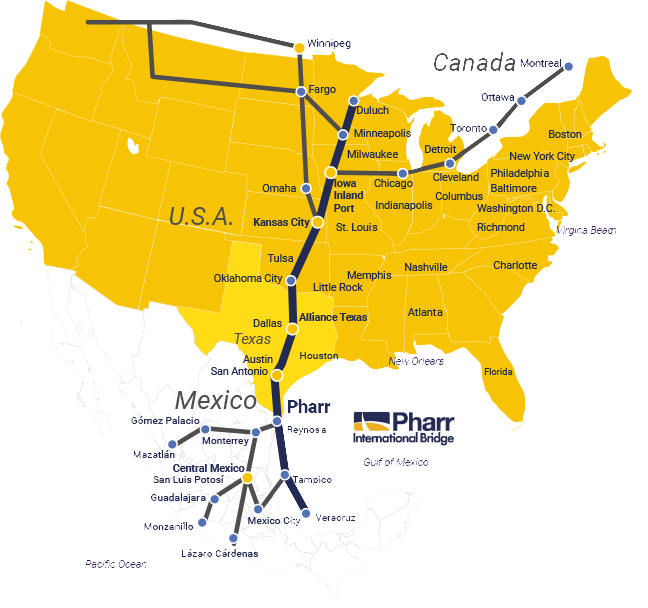Our History
The Pharr International has been in existence for 28 years and has grown to be the 3rd largest trade hub on the Texas- Mexico border. The bridge measures at 3.2 miles long and has the fastest commercial crossing time in the valley. The Pharr Bridge is also the only full-service commercial crossing bridge in Hidalgo County and handles both commercial and passenger operated vehicles. The Bridge connects U.S. 281 to the City of Reynosa, Tamaulipas, and will soon be connected to the Industrial corridor that will lead straight to the San Fernando Blvd. and into CD. Victoria and San Luis Potosi. The Pharr International Bridge will become the starting point for the proposed I-69 Connector that will connect three countries, Canada, United States, and Mexico.




History of the Butterflies
The Pharr-Reynosa International Bridge has become known as the “Bridge with the Butterflies.” In 1998 the Butterflies were created by Allison Sky and called, “Milagros Migrando/ Migrating Miracles.”
The sculptures represent the migration of butterflies every year to this area. The artist created this flock of monumental butterflies to represent the importance of having a relationship between the United States and Mexico, as well as the diverse wildlife and landscape of the Rio Grande border region. She drew her inspiration from the Monarch butterflies that migrate annually, as well as a symbolic exchange that flows back and forth over the Pharr-Reynosa International Bridge.
The artist believed that mutual respect and collaboration between cultures and ecosystems represented the future of our planet, as well as the fragile butterflies who are intimately connected to the natural environment, and metaphorically represent the notion of interdependency.
The artist created 15 butterflies for the border inspection station and have a wingspan that ranges 3 to 10 feet. She developed her drawings for the wing-patterns to create these sculptures by closely studying those of the Monarch butterflies. The butterfly sculptures were fabricated in collaboration with Sears Iron Works and Jacques Bordeleau Glass, and are made out of 1/4 to 1/2 inch thick aluminum sheets.
The butterflies are now a part of the welcome wagon at the Pharr-Reynosa International Bridge/ United States Border Inspection Station and will remain there for as long as they can.
